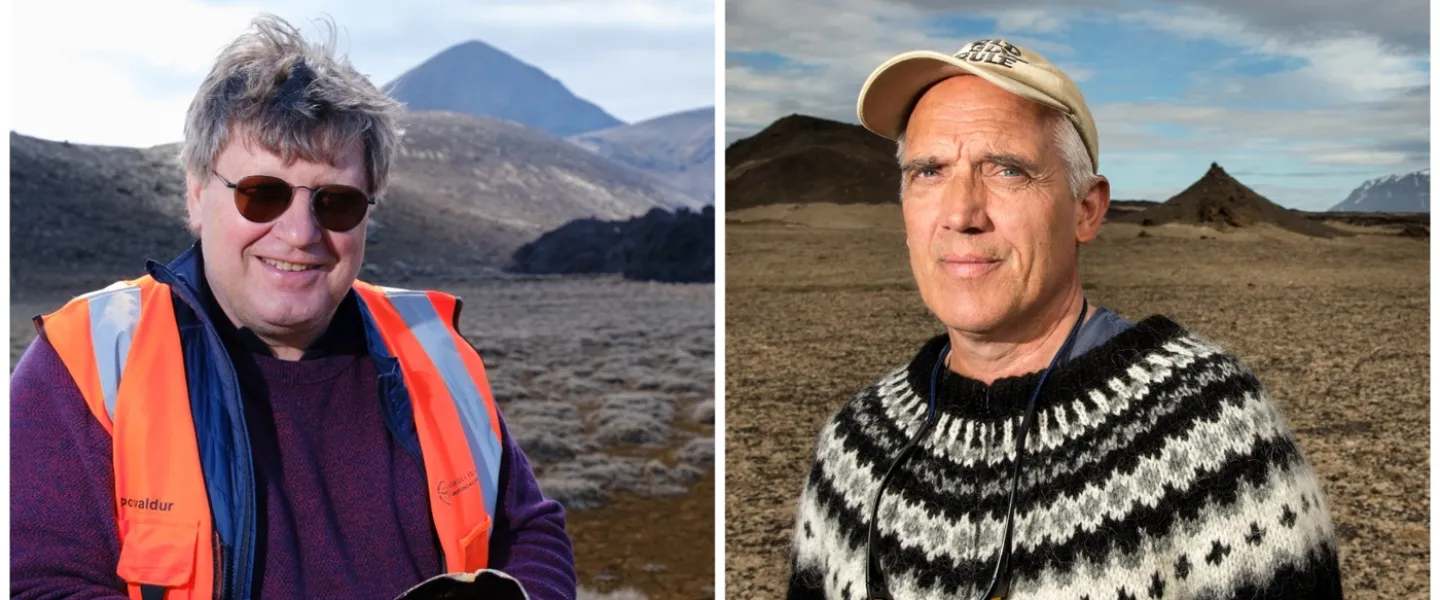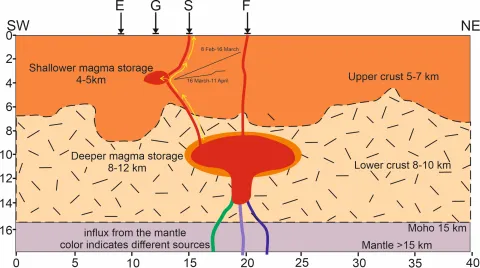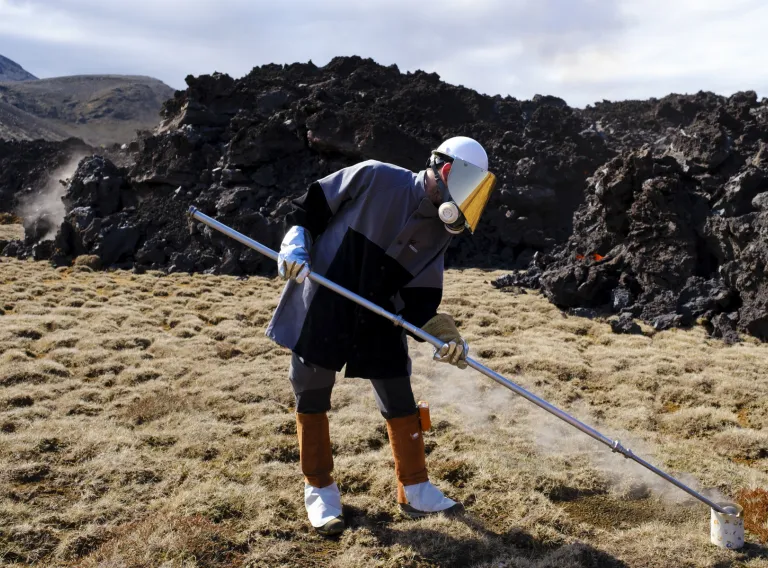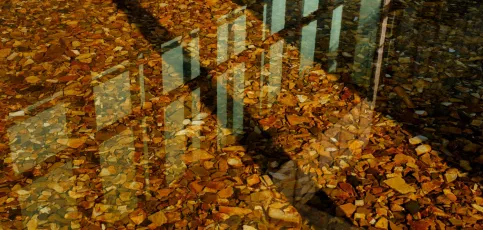
"Comparing the current events in Reykjanes with the historical eruptions on the Reykjanes Peninsula strongly indicates that the Reykjanes Volcanic Belt (RVB) has awakened from an approximately 800-year-long sleep, and a new eruption period has begun. This could last for decades, if not centuries," says Þorvaldur Þórðarson, professor of volcanology and petrology at the University of Iceland, one of the authors of a new scientific article on the eruptions in Reykjanes.
The article was published recently in the scientific journal Terra Nova. Co-authors include Ármann Höskuldsson, research professor in volcanology, and William M. Moreland, postdoctoral researcher, both at the University of Iceland, along with an international team of scientists from Uppsala University (Sweden), the Academy of Sciences of the Czech Republic, and the universities of Oregon (Eugene) and California (San Diego).
This team has been researching the eruptions and seismic activity accompanying the ongoing disturbances on the Reykjanes Peninsula, beginning in 2019, particularly in the area covering Svartsengi, Fagradalsfjall, and Krýsuvík.
Þorvaldur notes that these disturbances have caused significant damage on the Reykjanes Peninsula, including the evacuation of Grindavík, where the inhabitants' future remains uncertain. "The research utilises measurements of seismic activity and the chemical composition of the erupted lava to analyse the geological processes and phenomena causing these events."
Eruption period likely to last the next 400 years or so
The scientists’ article states that eruptions in Iceland occur every three to five years on average, but the force, size, and duration of these events vary greatly. Basalt eruptions within central volcanoes are typically smaller and last a short time; from days to weeks. However, basalt eruptions along kilometre to tens-of-kilometre-long fissures and/or crater rows within fracture swarms can produce lava flows covering tens to hundreds of square kilometres, lasting months, years, or in some cases, decades.
"In the last four thousand years, the eruption belts of the RVB have produced eruptions in three well-defined eruption periods, each lasting about 400 years. Between these periods, there are about 800 years with no eruptions. The last eruption period ended with the eruptions at Eldvörp (e. fire launchers), Illahraun (e. Bad Lava), and Arnasetur (e. eagle´s nest) in 1240, about 800 years ago. These eruptions were part of the so-called Reykjanes Fires (Reykjaneseldar), a series of about 10 eruptions on the western Reykjanes Peninsula and in the sea off Reykjanes from 1210 to 1240. The disturbances and volcanic activity we have witnessed in the last five years likely mark the beginning of a new eruption period on the Reykjanes Peninsula; a period that will probably be with us for the next 400 years or so. This activity has and will continue to impact our daily lives and can cause significant disruptions and damage to vital infrastructure, such as power plants, airports, and urban areas," says Ármann Höskuldsson.
He says that the first three eruptions occurred in and around Fagradalsfjall, first in Geldingadalur, which started in March and ended in September 2021. The second eruption occurred in Meradalur in August 2022, and the third one nearly a year later at Litli-Hrútur in July to August 2023.
"Following significant disturbances north of and in Grindavík, which peaked on 10 November last year and led to the evacuation of the town, the volcanic activity moved to Sundhnúkar, with eruptions starting on 18 December, 14 January, 8 February, 16 March, and 29 May, following magma accumulation at depths of four to five kilometres below Svartsengi over periods of two to five weeks."




